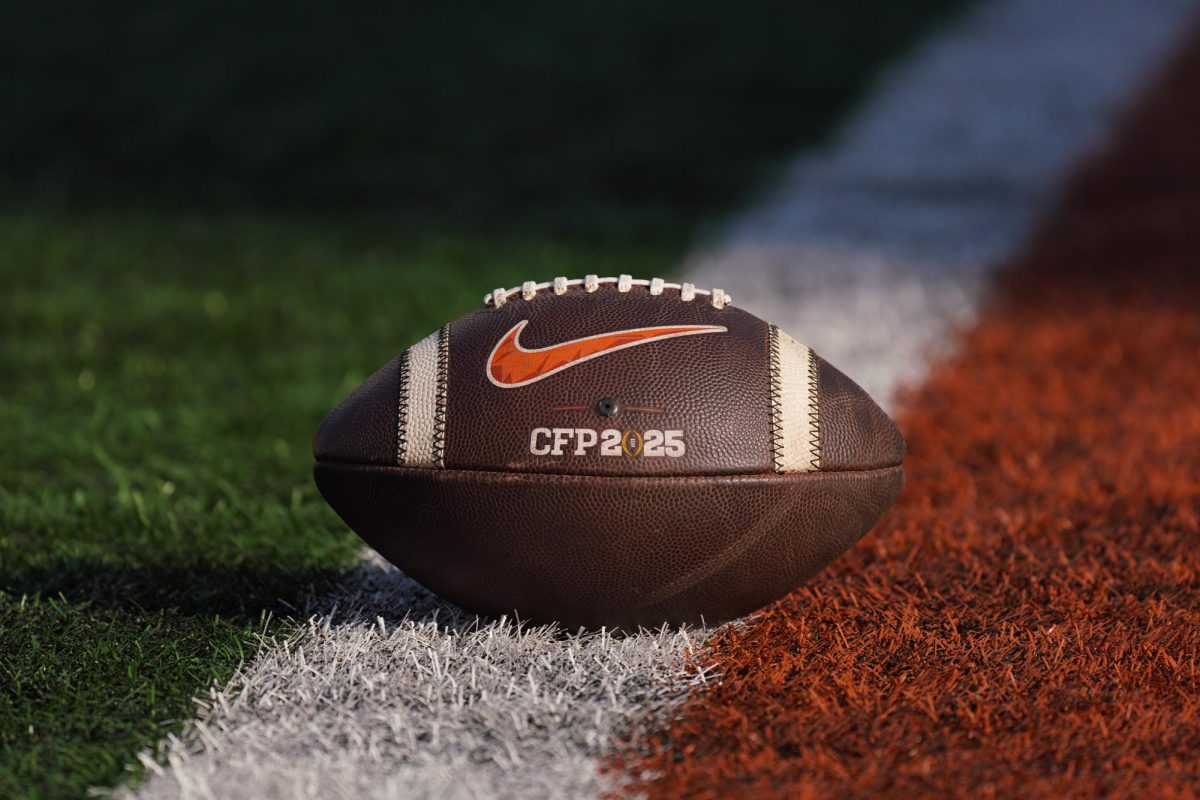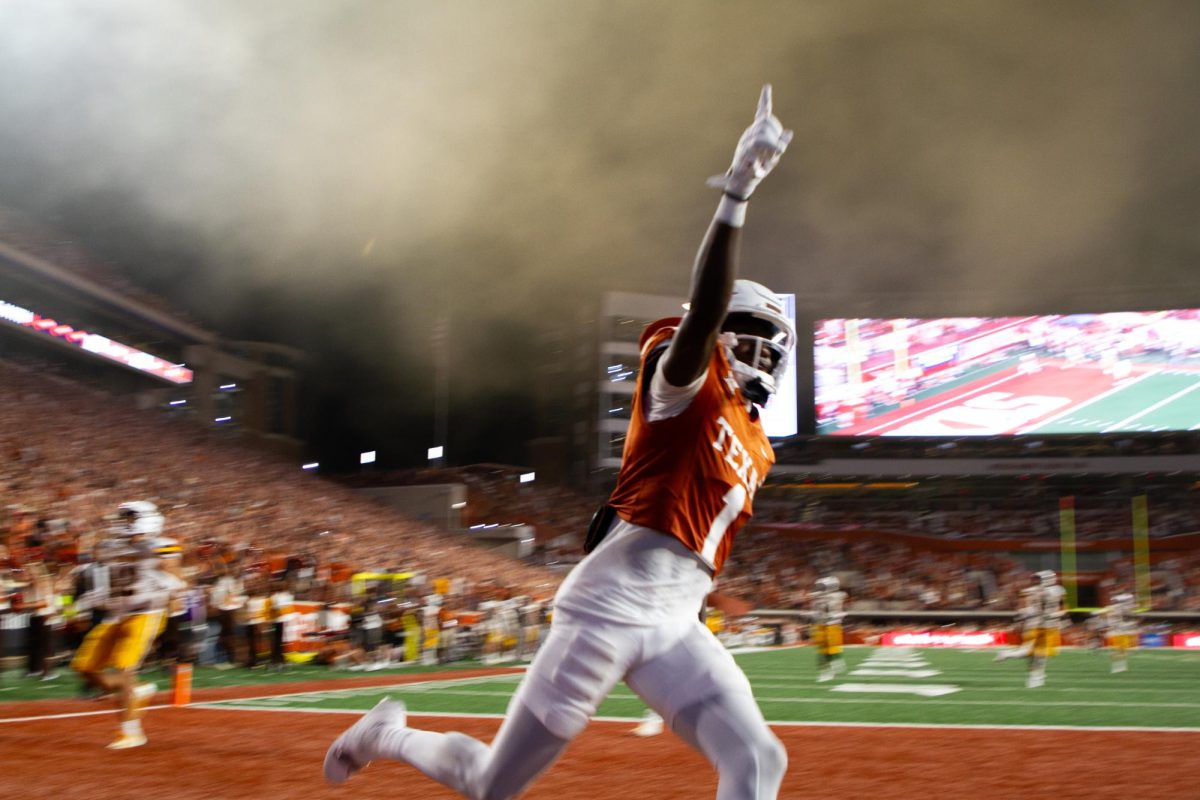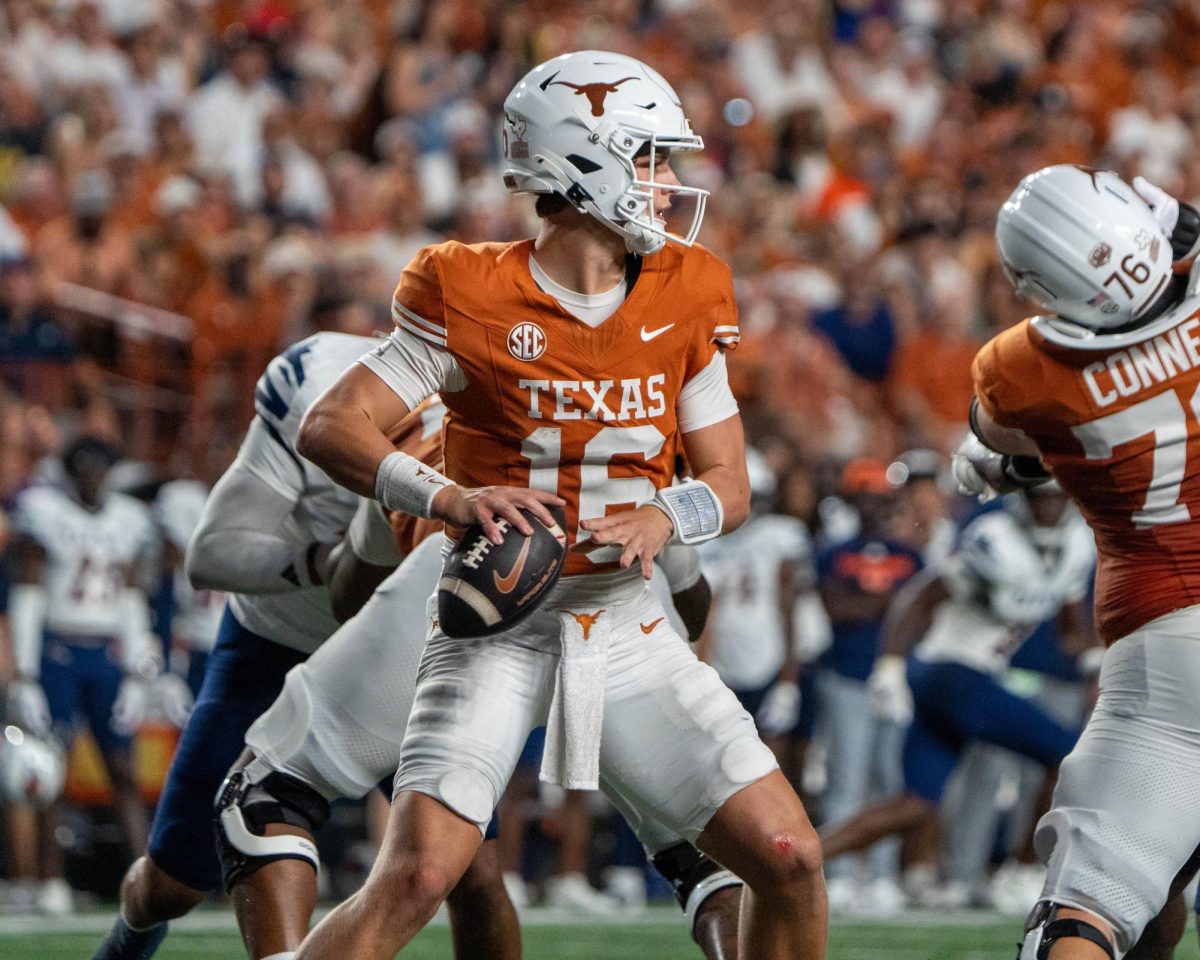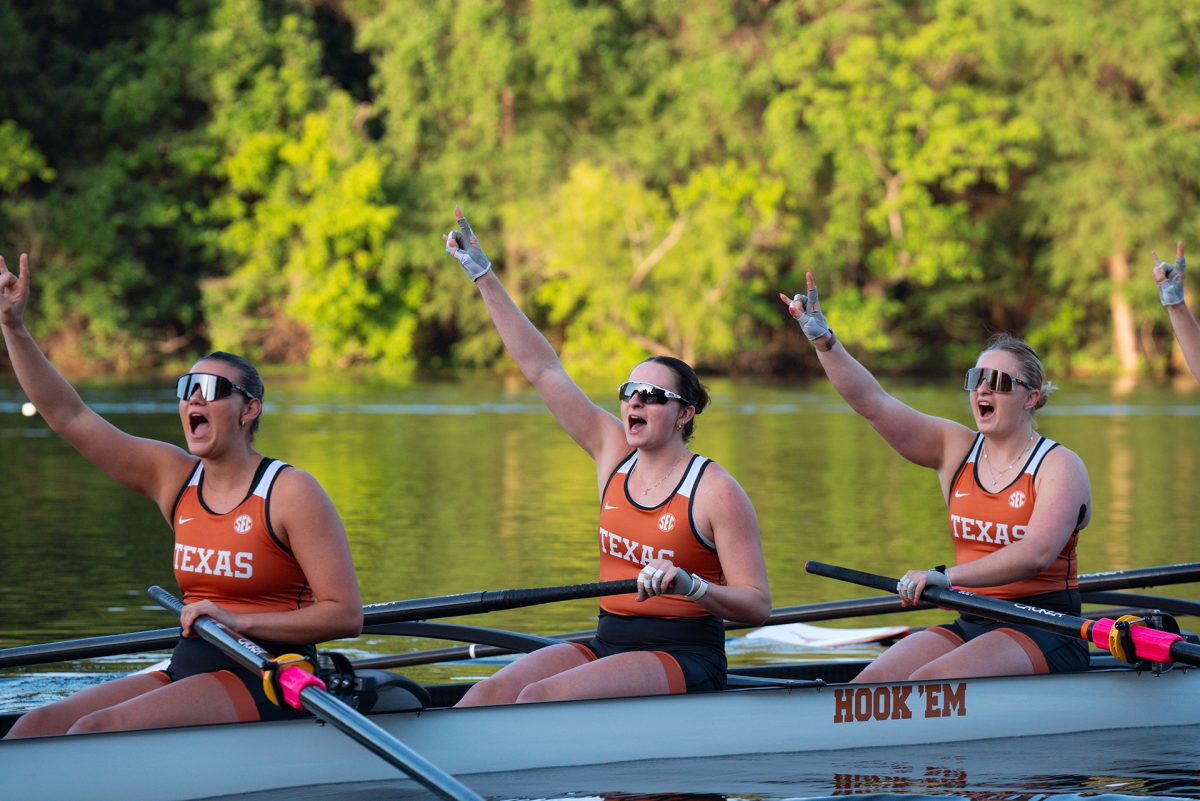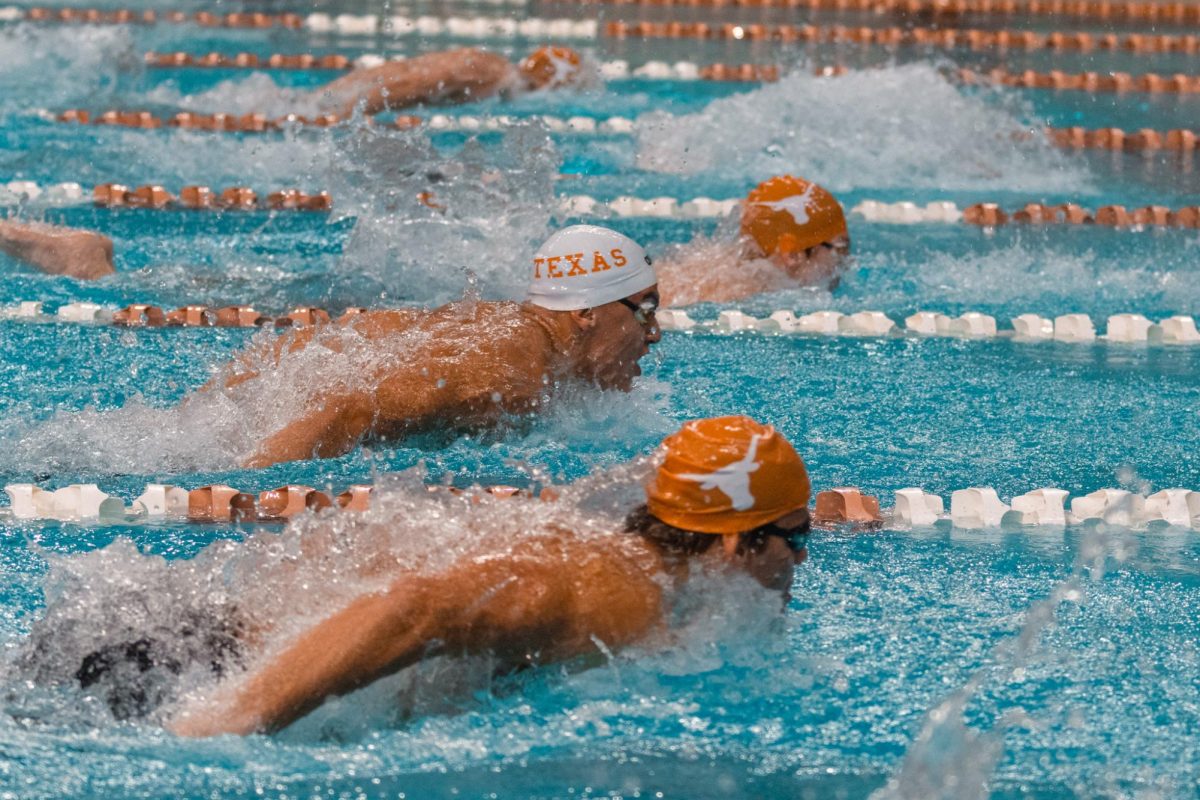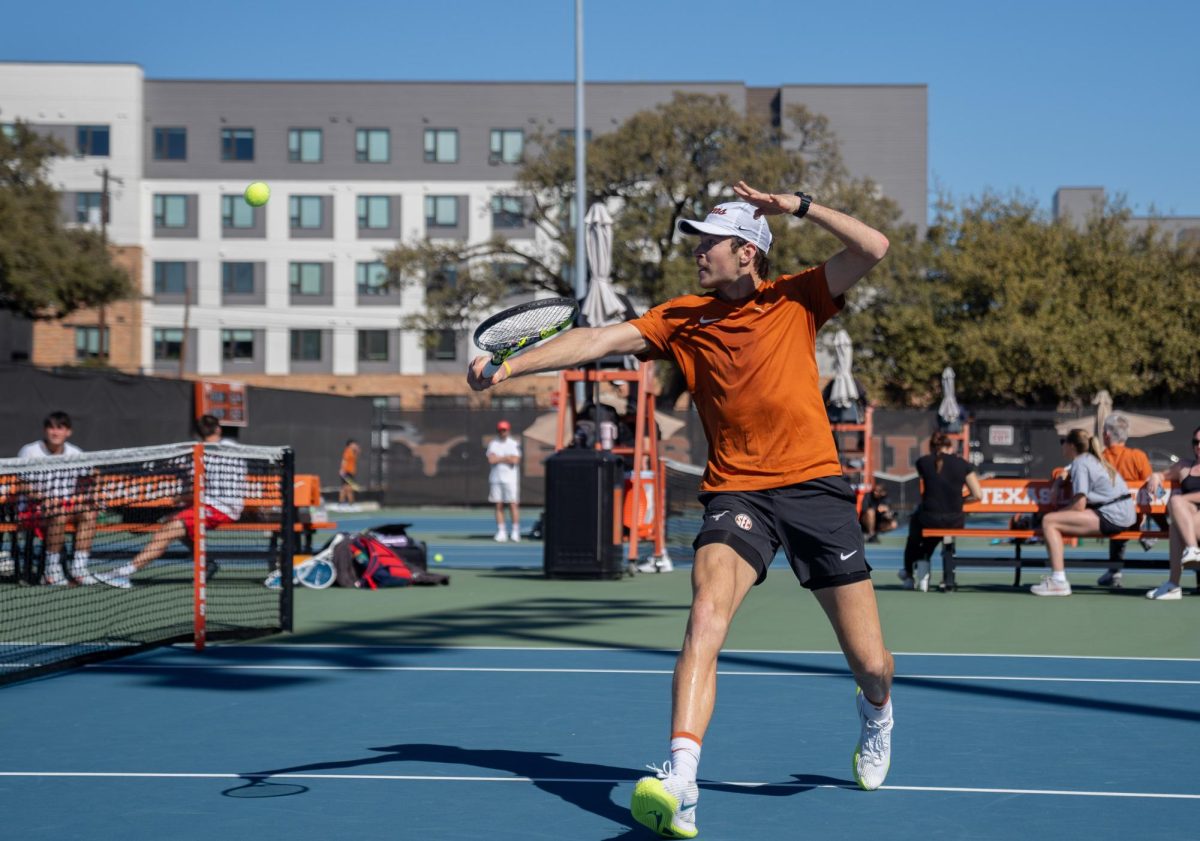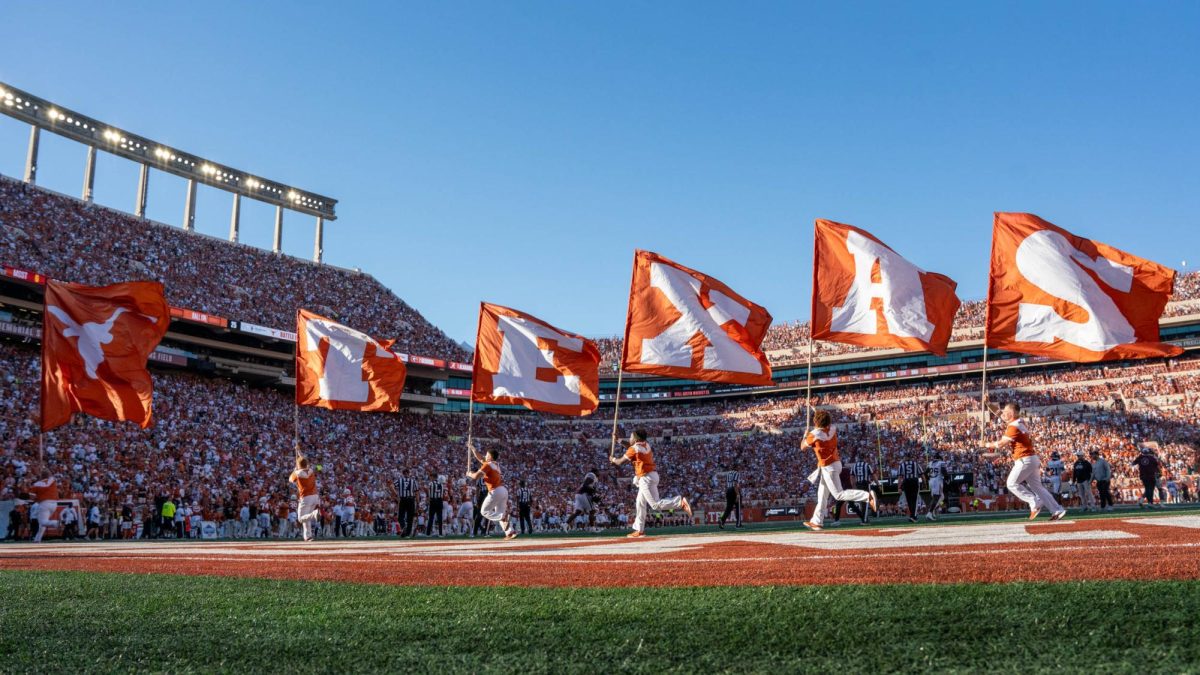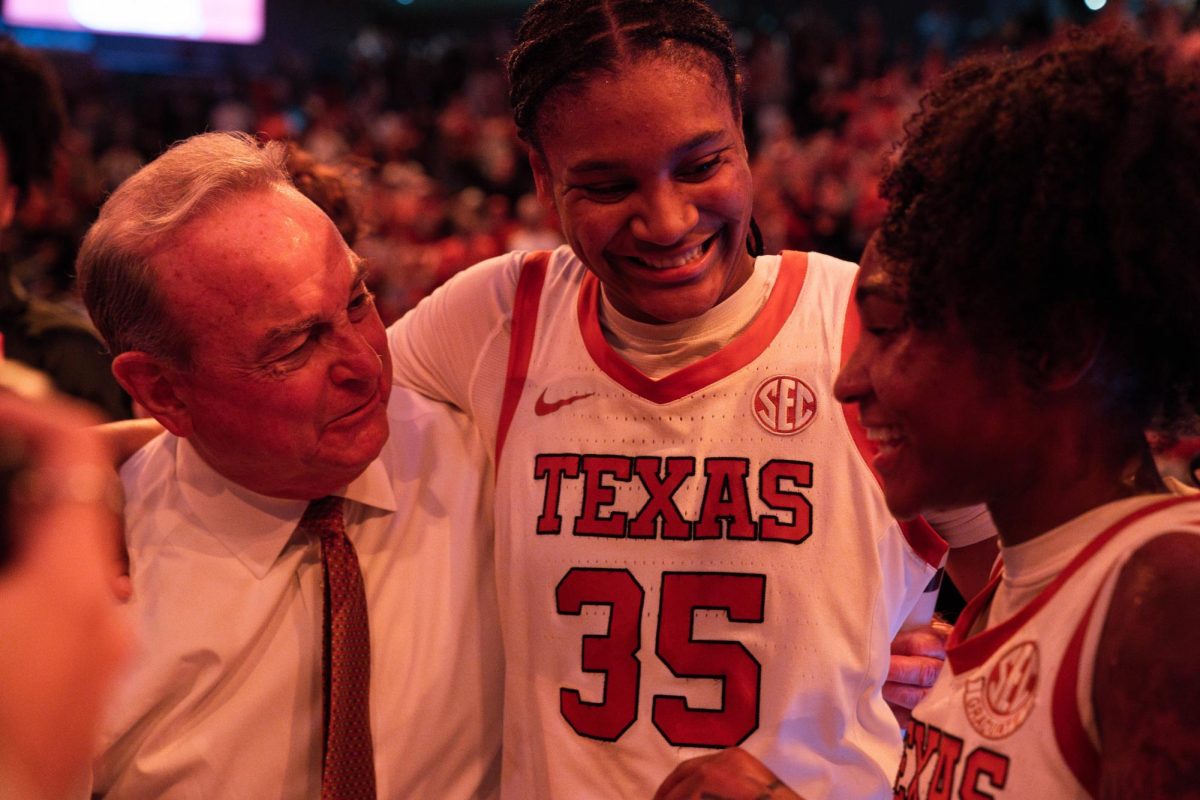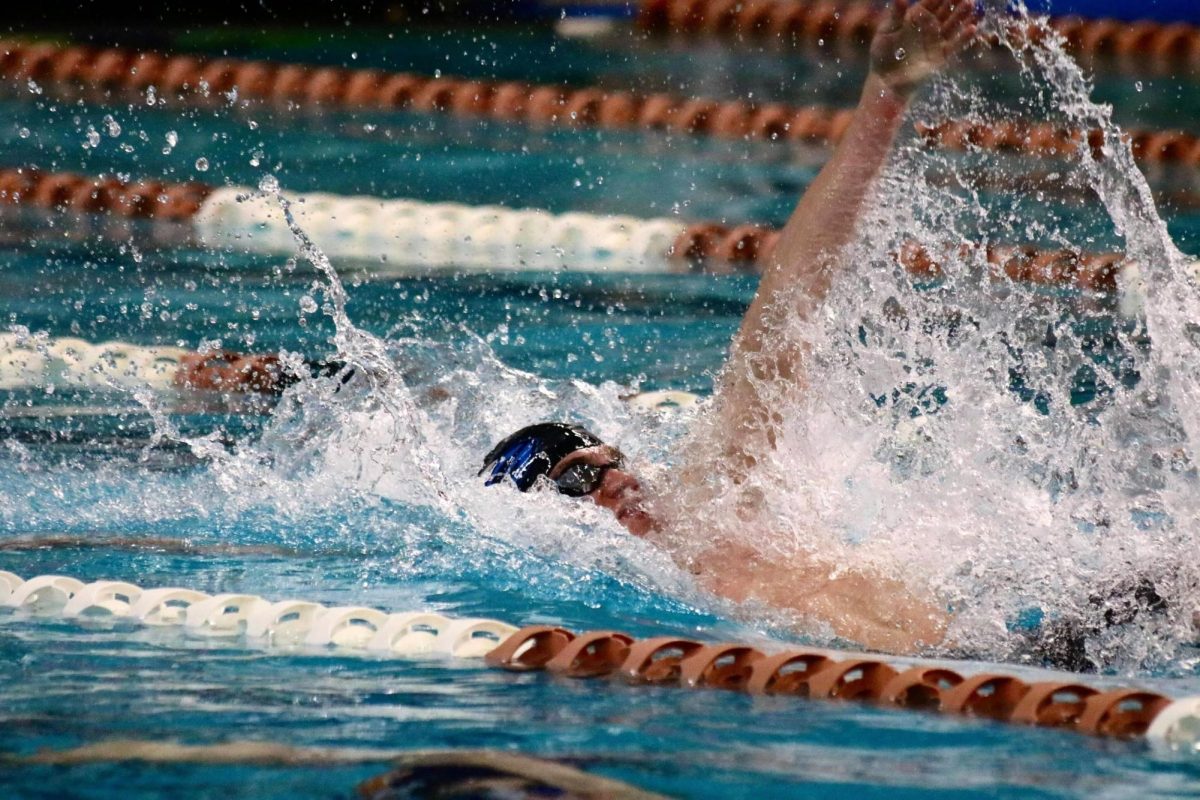Every offseason, NCAA football coaches will leave a program in the middle of their contracts without penalty. This leaves the program in a tricky position.
That program has to find a new coach on the fly, assuage recruits that things will still be stable and usually implement new systems into the playbook during the offseason. However, a recruit who was brought in by the departing coach can’t do the same. A perfect example of this dilemma occurred last offseason, and it involved the Longhorns.
Last year, former Texas Tech head coach Kliff Kingsbury left USC after only a month as the offensive coordinator for a snazzy new NFL job as the head coach of the Arizona Cardinals. Bru McCoy, a five-star wide receiver who had been recruited by Kingsbury, was having second thoughts.
The transfer portal, which launched in 2019, opened the door for players like McCoy to seek new opportunities.
“The transfer portal is something new for all of us,” Texas athletic director Chris Del Conte said at the Big 12 spring meetings in May 2019. “Our coaching staff and (the) University of Texas want Bru McCoy to be at the University of Texas. We’re just saying, ‘Hey, we want you.’”
McCoy ended up transferring to UT before shifting gears and returning to the Trojans. But before, Texas was waiting on the NCAA to determine whether McCoy would be able to play or not.
To recap, a student-athlete who was recruited somewhere by a coach who left almost immediately after had ineligibility hanging over his head, but the coach who left faced minimal penalties. That is inherently unfair.
This kind of a situation happens all over the country with coaches and players from various programs, and most players who transfer are forced to sit out one year.
There are exceptions to this. Graduate transfers do not face such penalties and have benefited Texas several times in the past several seasons. Parker Braun, a starter on last season’s offensive line, transferred in from Georgia Tech and played a key starting role. Texas frequently searches for transfers from junior colleges or smaller schools to fill remaining holes after the end of the recruiting cycle.
“It depends on how many years he’s got left, what are the odds of immediate eligibility in terms of a waiver, the need on the roster and how good is the guy and how that affects us,” Texas head coach Tom Herman said during in December on what the team looks for in a potential transfer pickup.
But there doesn’t need to be exceptions. Athletes who wish to transfer should be able to move freely if they choose that route, and the coaches who publicly criticize the portal are speaking from a place of privilege.
Success stories from the transfer portal are everywhere you look and include former Alabama quarterback Jalen Hurts transferring to Oklahoma, Heisman Trophy winner Joe Burrow transferring from Ohio State to LSU, where he led the Tigers to a national championship, and Shane Buechele, who transferred from Texas to SMU.
Buechele was a starter during his freshman season at UT but eventually lost his job to current starting quarterback junior Sam Ehlinger. Buechele was able to get out from behind Ehlinger on the depth chart and lead the Mustangs to their most successful season since the 1985 “death penalty.”
In addition to the NCAA voting on measures that would allow student-athletes to profit off of their own likenesses last October, this move is another step in the right direction for the world of college sports.




